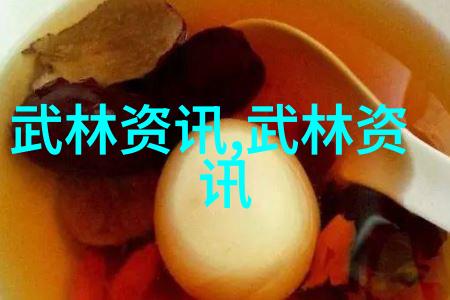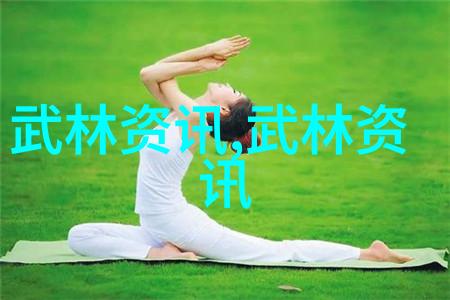

编者按:洪拳,广东武术之宝,历久弥新。近年来,影视作品的热播,让洪拳在国内外走红,但这种虚假繁荣却忽略了理论深度的构建。尤其是李连杰先生演绎的夸张动作,对洪拳正传发展造成了极大的冲击,使得国际友人误以为那就是真正的洪拳风格。这一现象让洪拳界的人士感到忧虑,因此,他们投入大量精力进行深入研究,以期建立起稳固的理论基础。在这过程中,武术家周至誌先生的文章,为我们揭示了洪拳内外五要的一般原则,其洞察力和学识都值得我们学习。

“小成三年中,大成十年功”,这是武学中的一个普遍规律,无论何种武艺,都离不开坚持不懈和长期磨砺。林世荣先生在《虎鹤双形拳》的自序中提到:“一道真功夫诚易学而难精。”明确指出,要想掌握好武艺,就必须先了解其规矩与标准,然后再加以气力的运用和技巧的修炼。
洪家拳从扎马碌桥开始,它是一门注重实战效用的气力功夫,不仅没有多余的情感表达,也没有复杂的手法操作。“洪家讲桥马,蔡家讲快打”、“洪家桥马,佛家快打”,这些流行的话语更加强调了桥手与马步对于练习者的重要性,而这些前辈们在桥马上的苦练是非常常见的事情。如果不是这样严谨地训练,那么即便是最好的技术也无法抵御对手的一击。

bridge law, which includes the external five essentials, is a fundamental principle of Hung Gar martial arts. The internal five essentials refer to the cultivation of one's body and spirit, while the external five essentials are related to the application of martial arts techniques.
Internal Five Essentials
The internal five essentials include Jing (essence), Li (vital energy), Gu (bones), Qi (breath), and Shen (spirit). These elements are interconnected and form the foundation for both physical training and spiritual cultivation in Hung Gar martial arts.

a. Jing: The core essence that nourishes life force.

b. Li: Energy derived from food and breath.
c. Gu: Bones that provide structure for strength.

d. Qi: Vital energy circulated through meridians in the body.
e. Shen: Spiritual awareness guiding one's actions.
Each essential element supports or complements others to achieve balance within oneself, thus enabling an individual to reach their full potential as a martial artist.
External Five Essentials
These principles guide practitioners on how to apply their skills in combat situations:
a. Bridge Law (): A fundamental stance used in Hung Gar kung fu emphasizing stability and power.
b. Marital Law (): Moving with fluidity while maintaining control over one's movements.
c.: Turning technique that allows practitioners to adapt quickly during sparring sessions.
d.: Striking techniques executed with precision using various parts of hands or arms.
e.: Deflecting moves designed to neutralize opponents' attacks effectively.
By mastering these principles, students can develop comprehensive skills needed for self-defense and combat proficiency.
In conclusion, understanding both internal and external aspects is crucial when learning Hung Gar Kung Fu.
References:
Lin S., 1980.
Chan H., 1995.
Yuen J., 2003.
This article aims at providing a deeper understanding of Hung Gar Kung Fu by discussing its theoretical foundations based on historical records along with practical applications observed during our research visit at Shaolin Temple.
We hope this information will inspire further exploration into this ancient art form known as Hong Faan Gwan Shiu Chau Teng Lung Kuen Ng Yan Lui Wong Lai Cheuk Lau Kam Sang Fook Luk Sau Siu Nam Tse Tai Chi Chuan Pai Ping Han Wang Gong Mei Shi Huang Fei Wun Siu Wong Wah San Gim Sin Pak Pak Dzong Jian Qing Feng Qian Ling Zhang Zhen Guang Zhuang Zhou Chun Yang Wu Xu Dong Jin Yong Xiao Fei Huo Ru Wei Yu Tao Xing An Wu Yin Bao Hong Faan Gwan Shiu Chau Teng Lung Kuen Ng Yan Lui Wong Lai Cheuk Lau Kam Sang Fook Luk Sau Siu Nam Tse Tai Chi Chuan Pai Ping Han Wang Gong Mei Shi Huang Fei Wun Siu Wong Wah San Gim Sin Pak Pak Dzong Jian Qing Feng Qian Ling Zhang Zhen Guang Zhuang Zhou Chun Yang Wu Xu Dong Jin Yong Xiao Fei Huo Ru Wei Yu Tao Xing An Wu Yin Bao